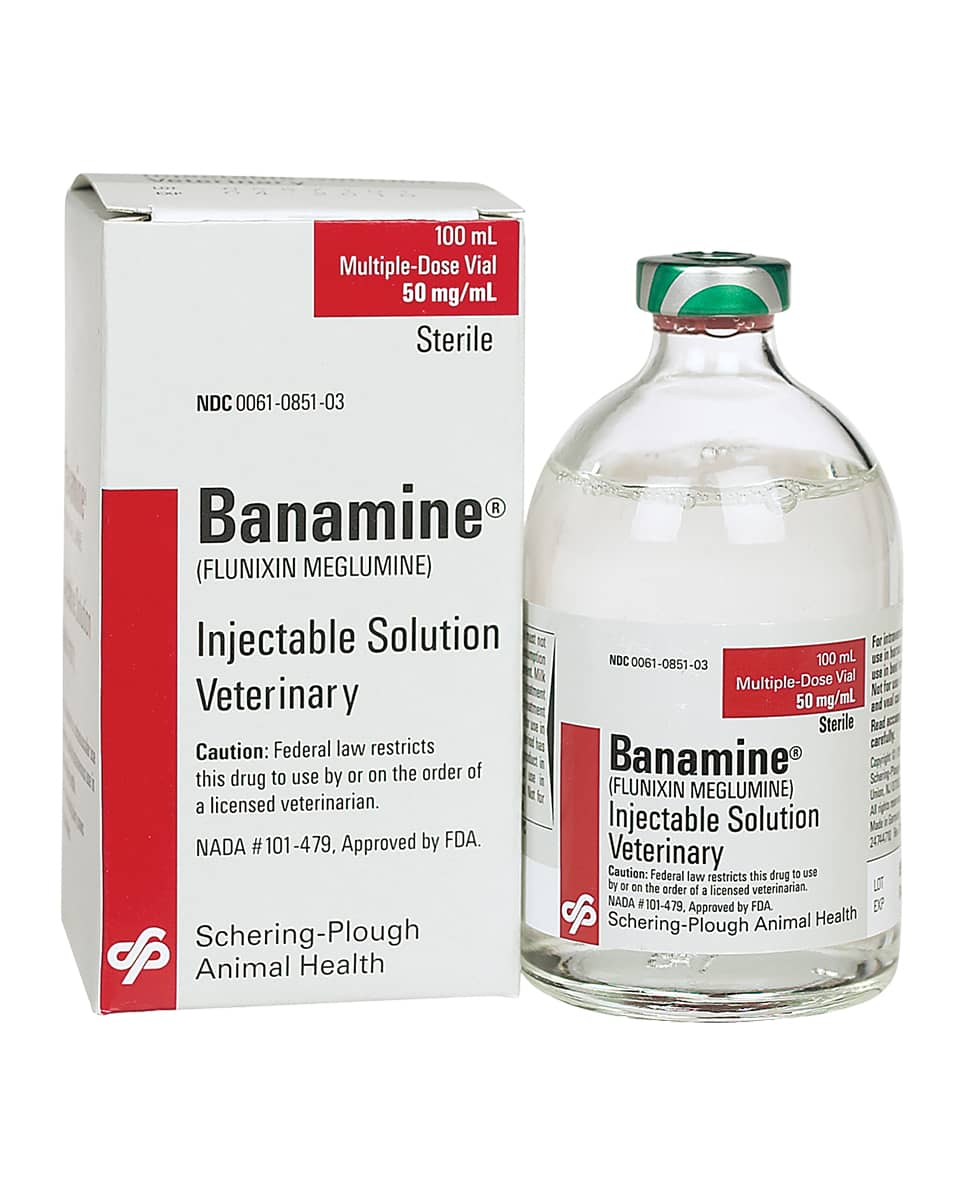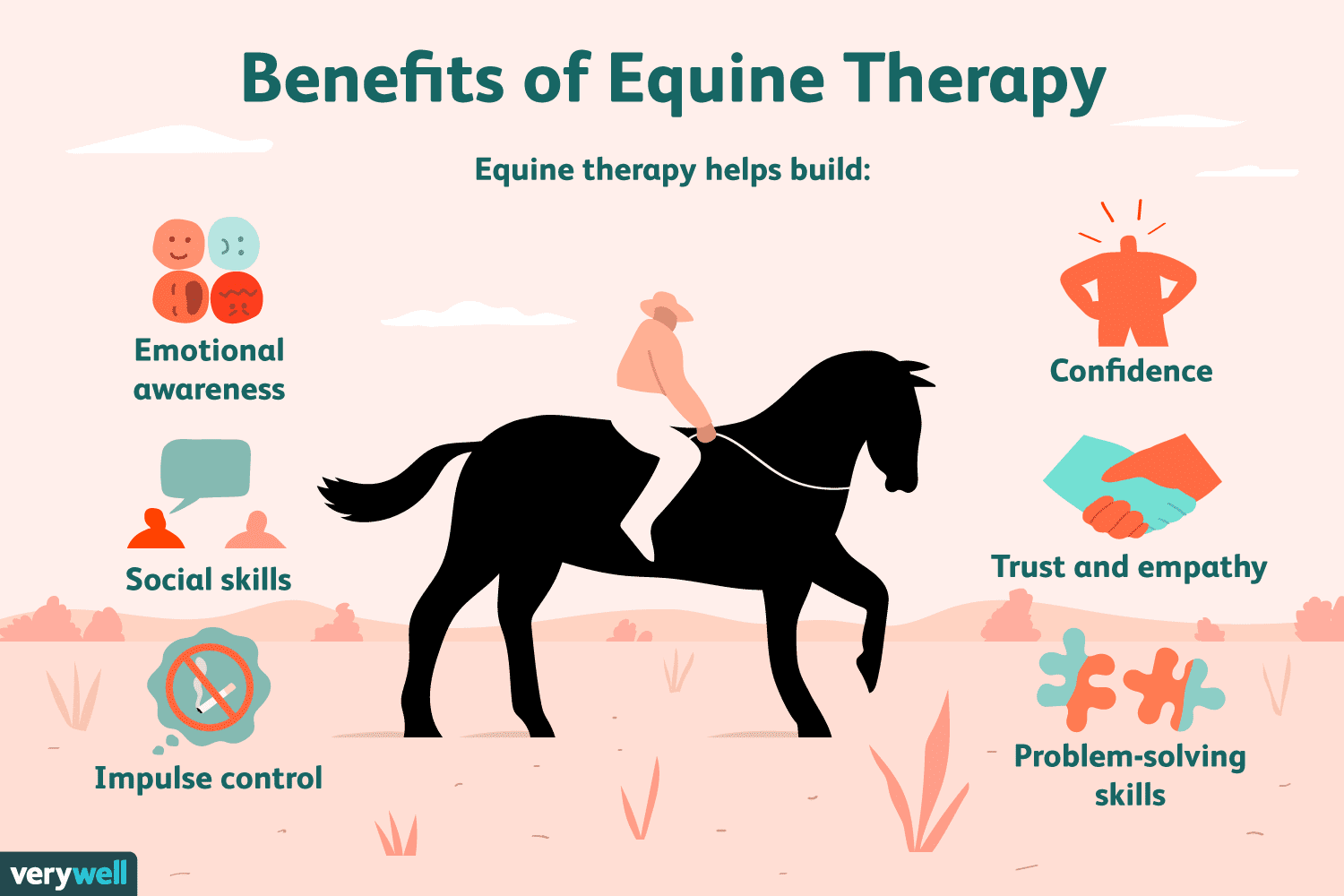What is Banamine?
Renowned in the equine world for its efficacy in managing discomfort, Banamine is a non-steroidal anti-inflammatory drug (NSAID) used to alleviate pain and inflammation in horses. Its active ingredient, flunixin meglumine, targets ailments such as colic, musculoskeletal injuries, and fevers, providing much-needed relief for equine companions. Recognizing its importance, horse owners and caregivers must be well-informed about the appropriate Banamine dosage for horses to ensure safe and effective use.
Flunixin Meglumine Dosage Guidelines
When considering flunixin meglumine dosage, the general recommendation is to follow a precise veterinary prescription. Typically, the advised dosage is 1.1 mg per kg of the horse’s body weight, given once daily. This carefully calculated amount aims to reduce the risk of side effects while offering optimal therapeutic benefits. It’s crucial to adhere to these guidelines to maintain the well-being of the horse during treatment.
Equine Banamine Administration

How to Administer Banamine
Equine Banamine administration can be carried out through various methods, including oral and intravenous routes. Oral paste syringes are popular for their ease of use and can be directly applied to the horse’s tongue. When opting for the injectable form, it’s essential to prioritize sterile techniques to prevent infections and complications.
Banamine Injection for Horses
Administering a Banamine injection for horses requires precision and care. Intravenous injections should be performed by experienced individuals or under veterinary supervision to avoid inadvertent intra-arterial injections, which can lead to severe consequences. The injectable solution offers rapid onset of action, making it a preferred choice for acute conditions requiring swift intervention.
Horse Pain Relief with Banamine

Signs of Pain in Horses
- Changes in behavior or mood
- Limping or altered gait
- Decreased appetite
- Increased heart rate or breathing
- Reluctance to move or be touched
Identifying signs of pain in horses is the first step toward providing relief. Horse pain relief is a critical aspect of equine care, and Banamine plays a significant role in this process. Observing the horse’s behavior and physical cues can help determine the presence of discomfort and the need for intervention.
When to Use Horse Anti-Inflammatory Drugs
Horse anti-inflammatory drugs, such as Banamine, are typically used when there is a clear diagnosis of inflammation or pain. Conditions like colic, respiratory diseases, and postoperative pain are instances where these medications may be prescribed. It is imperative to consult with a vet before administering any NSAID to ensure it is appropriate for the horse’s particular condition.
Calculating Banamine Dose

Dosage Calculations for Different Horse Sizes
Calculating Banamine dose is a vital process that varies based on the horse’s size and weight. The standard dosage must be adjusted according to the animal’s mass to prevent underdosing or overdosing. A scale or weight tape can be used to estimate the horse’s weight, aiding in the precise calculation of the required medication amount.
Adjusting Dosage Based on Horse’s Condition
Moreover, the horse’s condition may necessitate adjustments in the Banamine dosage. Factors such as the severity of pain, the presence of other medical conditions, and ongoing treatments must be considered. It is always prudent to follow a veterinarian’s guidance when altering dosages to ensure the horse’s safety and health.
Potential Banamine Side Effects in Horses

Recognizing Side Effects
While Banamine is generally well-tolerated, there are potential Banamine side effects in horses that caregivers should be aware of. Gastrointestinal upset, kidney dysfunction, and ulcers are some adverse reactions that may occur. Monitoring the horse for any unusual symptoms post-administration is critical for early detection and management of these side effects.
Managing Adverse Reactions
In the event of adverse reactions, managing Banamine side effects involves discontinuing the drug and seeking veterinary care promptly. Supportive treatments, such as fluid therapy or medications to protect the stomach lining, may be necessary. A thorough review of the horse’s medication regimen and health status can help prevent future incidents.
FAQs About Banamine Use in Horses

Common Concerns and Solutions
Common concerns regarding Banamine use include the correct dosage, administration techniques, and potential interactions with other medications. Solutions often involve thorough education on the drug’s use, clear instructions from a veterinarian, and careful observation of the horse’s response to treatment. It’s also advisable to keep a record of all medications given to track any changes or reactions.
Horse owners know that understanding the correct dosages of medication and feed for their equine friends is crucial for their health and well-being. If you’re looking for dosage information, you might be interested in learning about the proper amounts of various substances for horses. For instance, if you’re curious about antibiotics, check out our guide on how much penicillin to give a horse. In the realm of anti-inflammatory medications, you may want to read up on how much dexamethasone (Dex) to administer to a horse. And for the horse’s daily diet, our article about how much oats to feed a horse can provide valuable insights. Each of these resources is designed to help you make informed decisions about your horse’s care.
When to Consult a Veterinarian
Consulting a veterinarian is crucial whenever there are uncertainties about Banamine use or if the horse exhibits adverse effects. Professional advice is also necessary when considering long-term use or combining Banamine with other treatments. A vet’s expertise ensures the horse receives the most appropriate care for its specific health needs.
In conclusion, the responsible use of Banamine can significantly improve the quality of life for horses in pain. By understanding the proper Banamine dosage for horses and recognizing the importance of equine Banamine administration, caregivers can ensure their majestic charges receive the best possible care. Always remain vigilant for signs of pain in horses, and never hesitate to involve a veterinarian to guide you through the process of providing horse pain relief responsibly.



